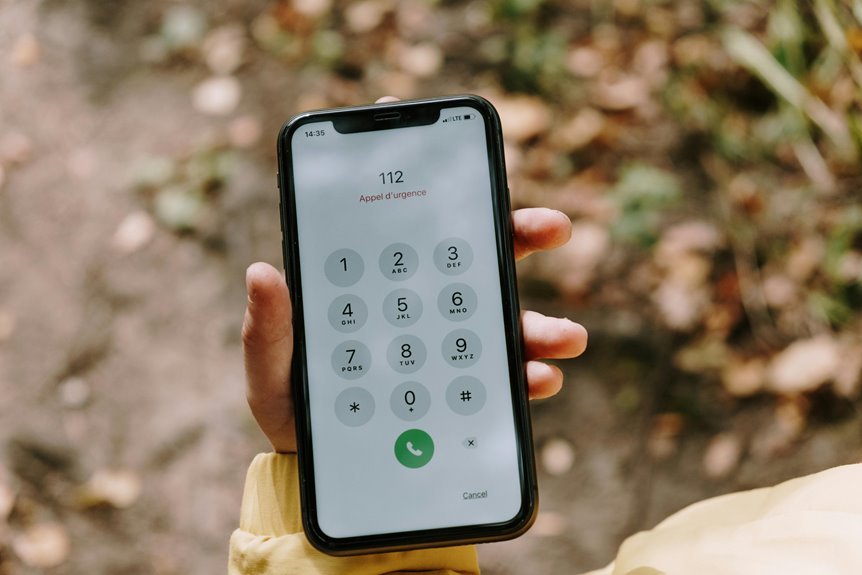33 Emergency Call Reliability

Emergency call reliability remains a critical aspect of public safety. It hinges on factors like connectivity and signal strength, which can significantly impact emergency response effectiveness. Various challenges, including communication barriers and resource constraints, complicate the landscape for emergency services. Yet, advanced technology and improved protocols present potential solutions. Understanding these dynamics is essential for enhancing community safety and response efficiency. What strategies can be employed to address these pressing issues?
Understanding Emergency Call Systems
Although emergency call systems are often taken for granted, they play a critical role in public safety by facilitating rapid communication between citizens and emergency services.
The effectiveness of this emergency call infrastructure hinges on advanced communication technology, enabling swift connections during crises.
Key Factors Influencing Call Reliability
The reliability of emergency call systems is influenced by several key factors that determine their effectiveness during high-pressure situations.
Primarily, call connectivity and signal strength play crucial roles in ensuring successful communication. Stronger signals enhance connectivity, reducing the likelihood of dropped calls or delays.
Consequently, understanding these factors is essential for improving emergency response capabilities and ensuring that individuals can access help when needed most.
Challenges Faced by Emergency Services
While emergency services are equipped to respond swiftly to crises, they encounter numerous challenges that can impede their effectiveness.
Communication barriers often arise, leading to delays in information relay and response coordination.
Additionally, resource limitations, including insufficient personnel and equipment, further exacerbate the situation.
These factors collectively hinder the ability of emergency services to deliver timely and efficient assistance when it is most needed.
Strategies for Improving Response Times
To enhance response times in emergency situations, implementing advanced technology and streamlined protocols is essential.
Response optimization can be achieved through technology integration, enabling real-time data sharing and efficient resource allocation.
Additionally, training personnel on these systems ensures swift action during crises.
Conclusion
In conclusion, the reliability of emergency calls is vital for effective crisis management and public safety. By addressing key factors such as connectivity and resource limitations, emergency services can significantly enhance their response capabilities. As communities become increasingly reliant on these systems, one must ask: what steps will be taken to ensure that every call for help is met with the prompt attention it deserves? The commitment to improving these systems is not just a necessity but a moral imperative.




